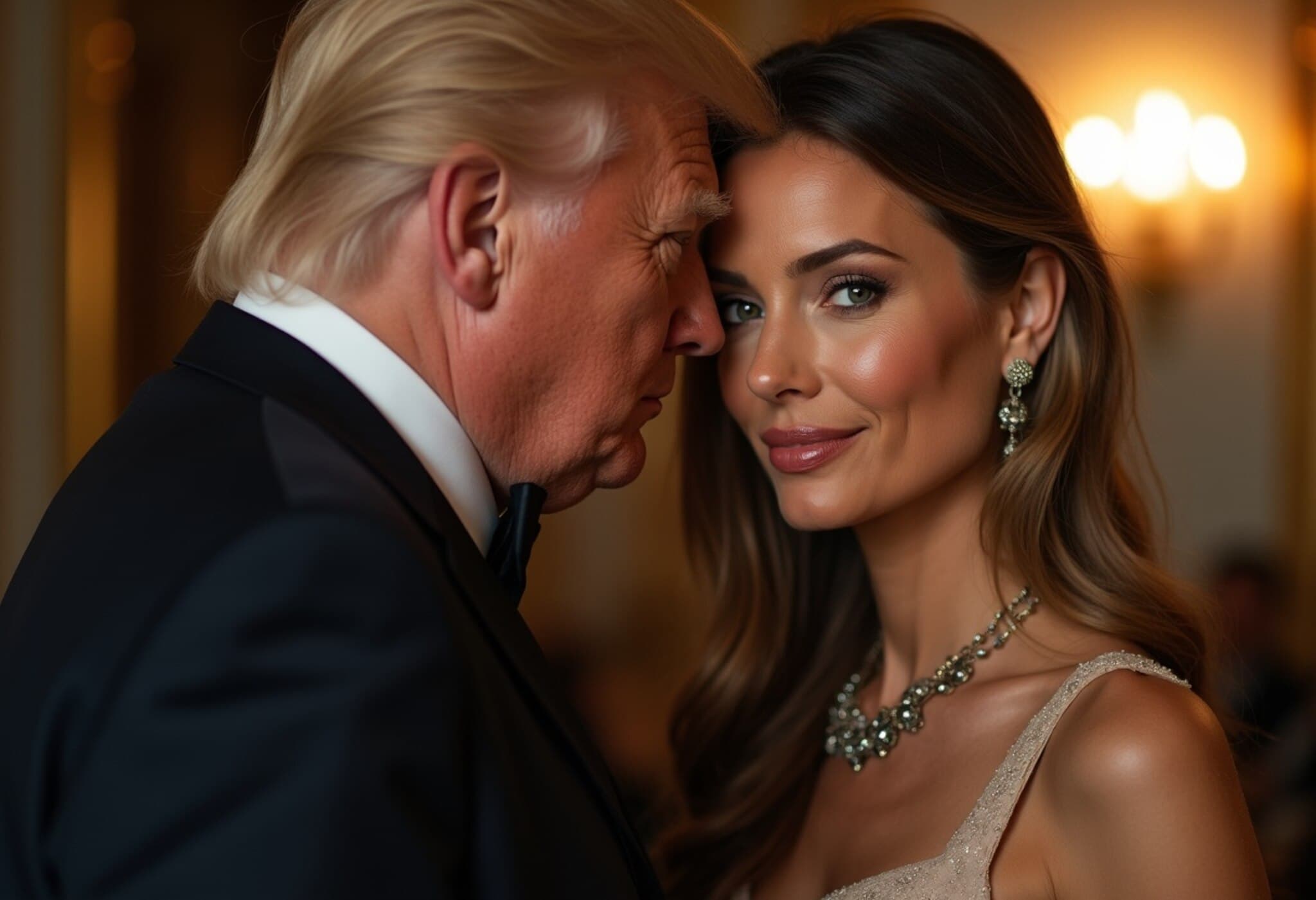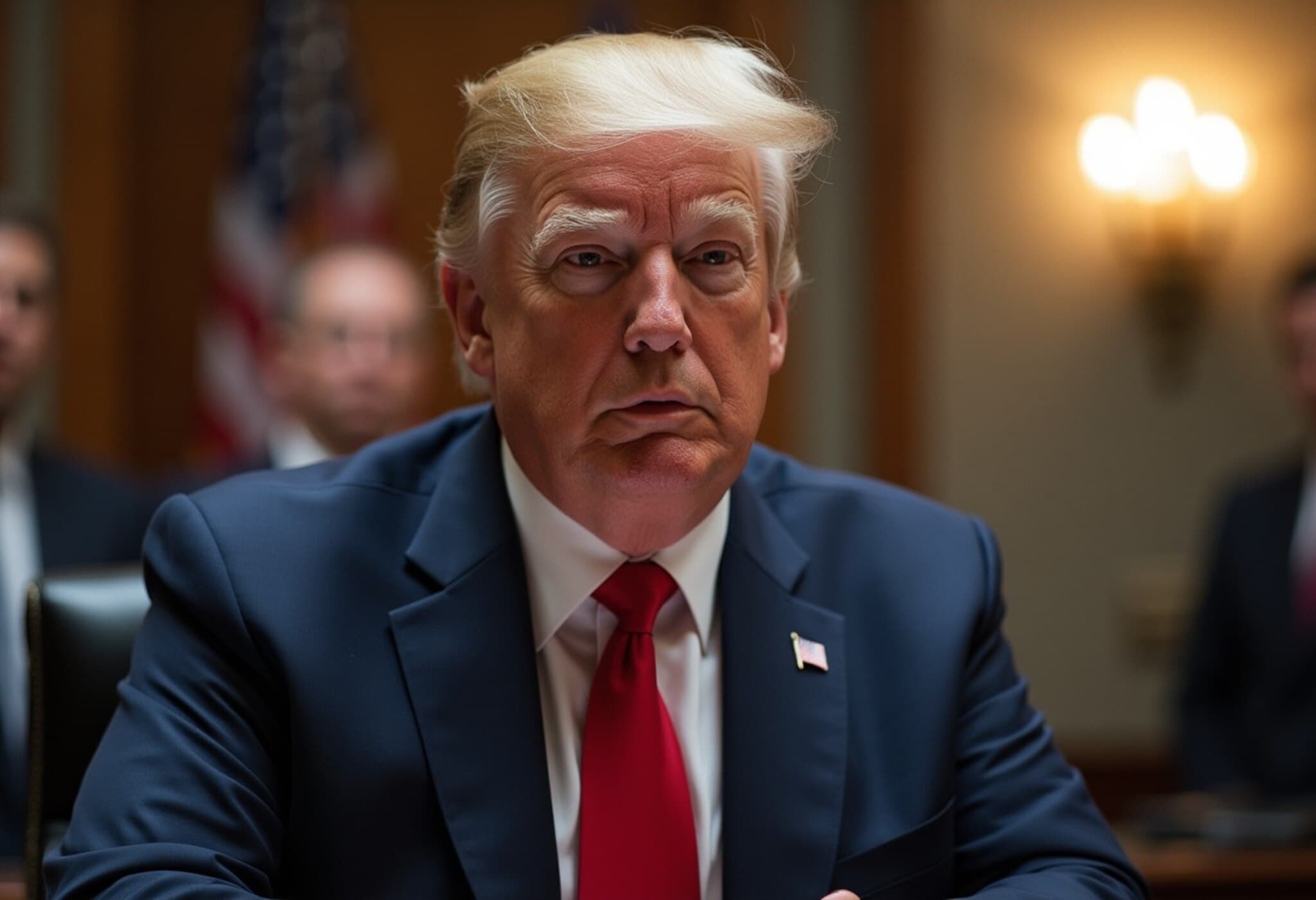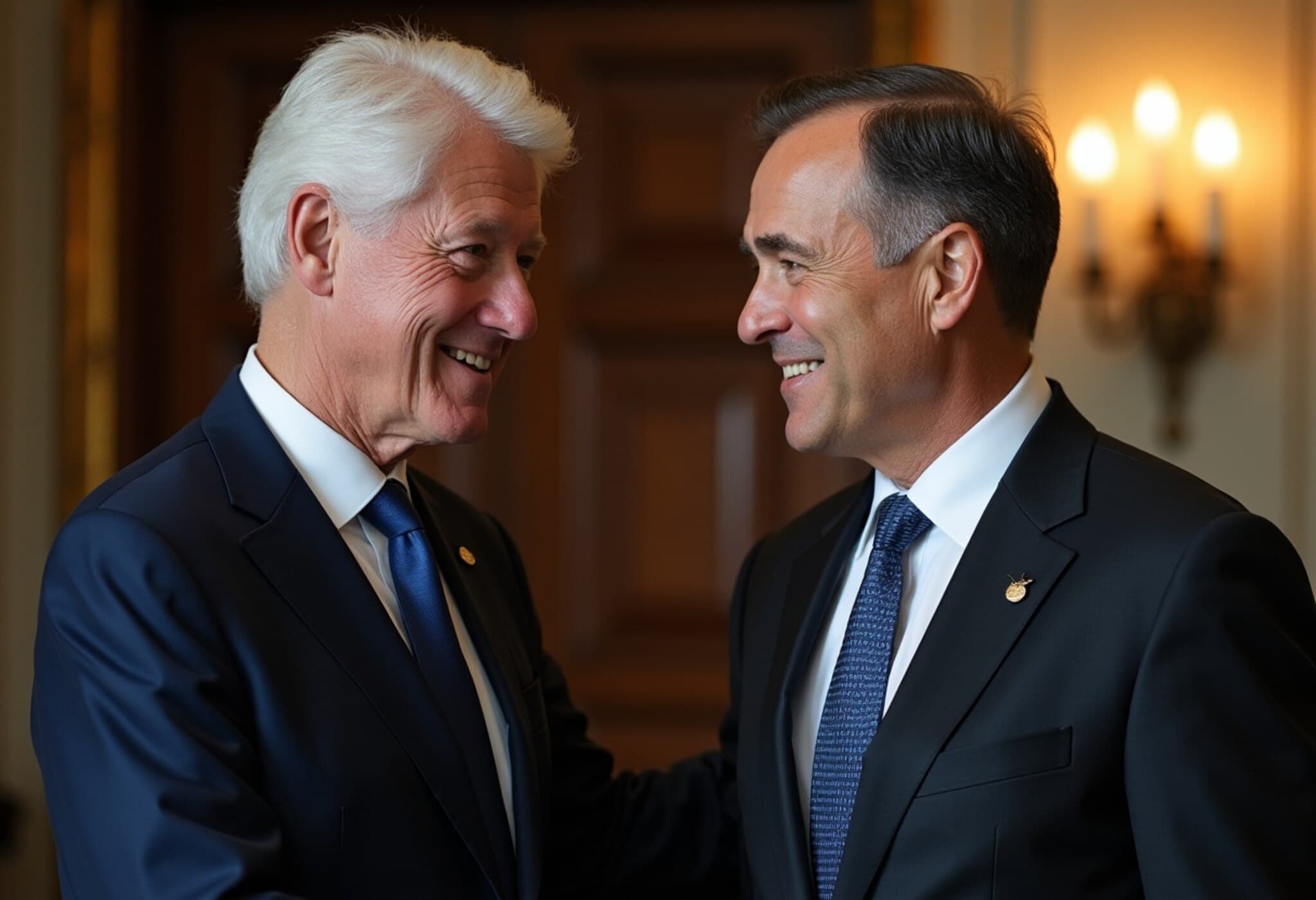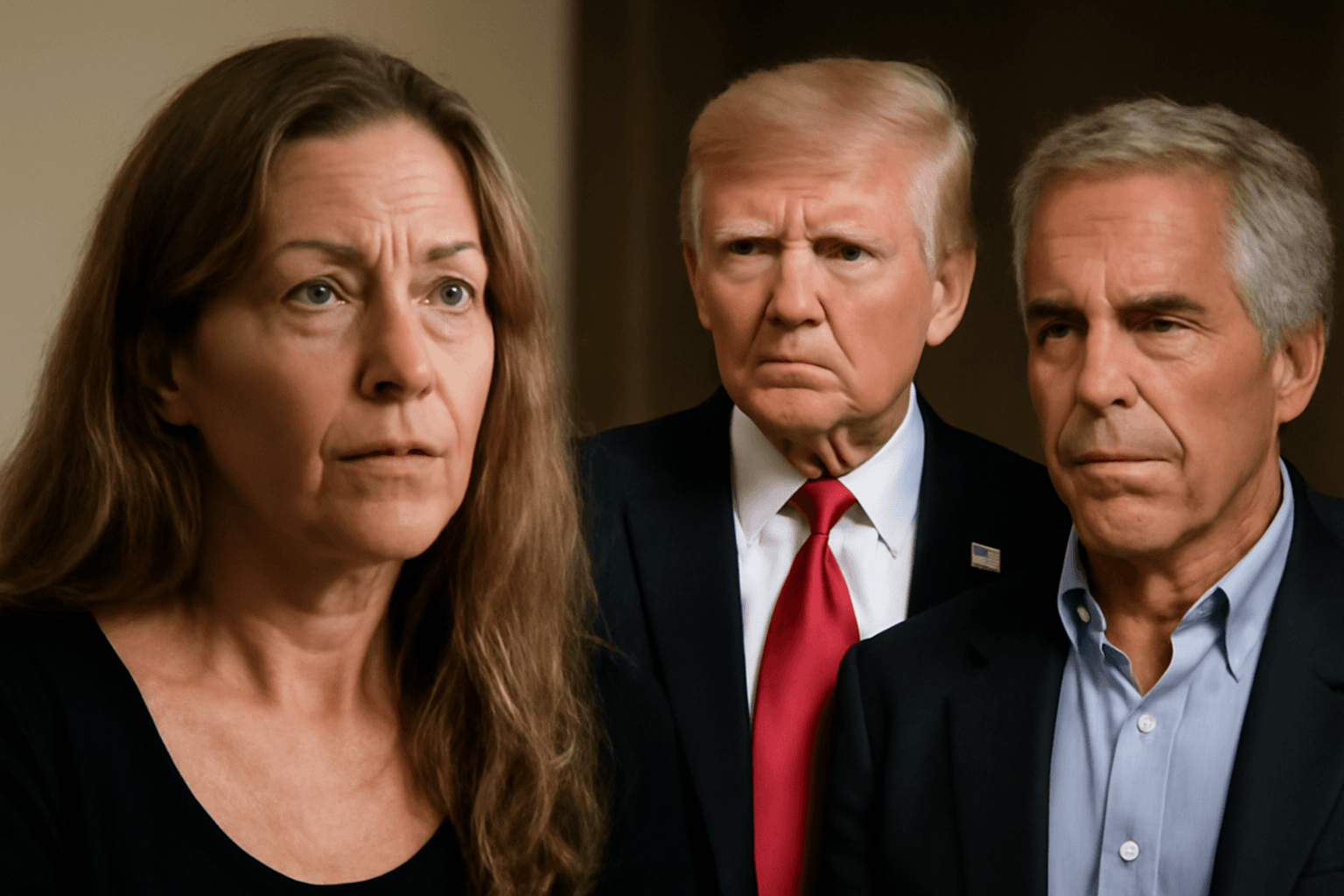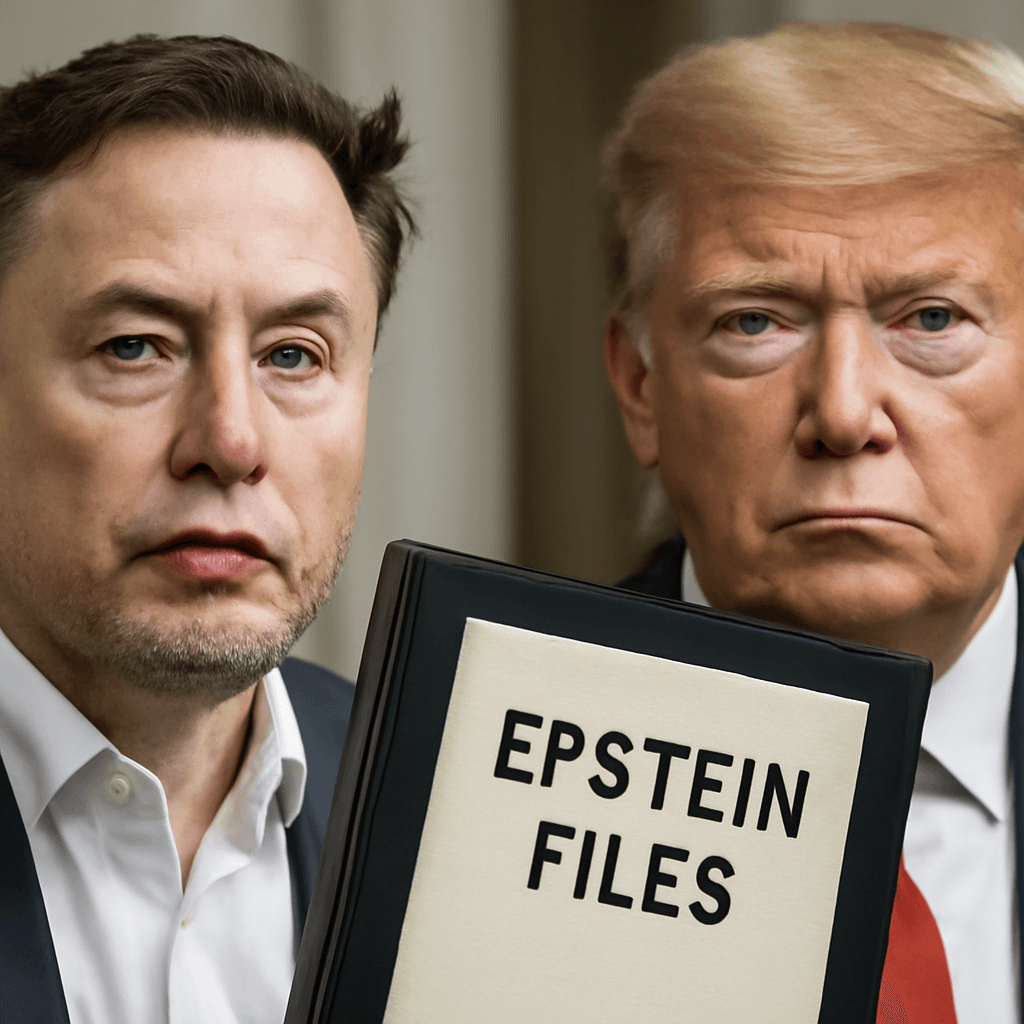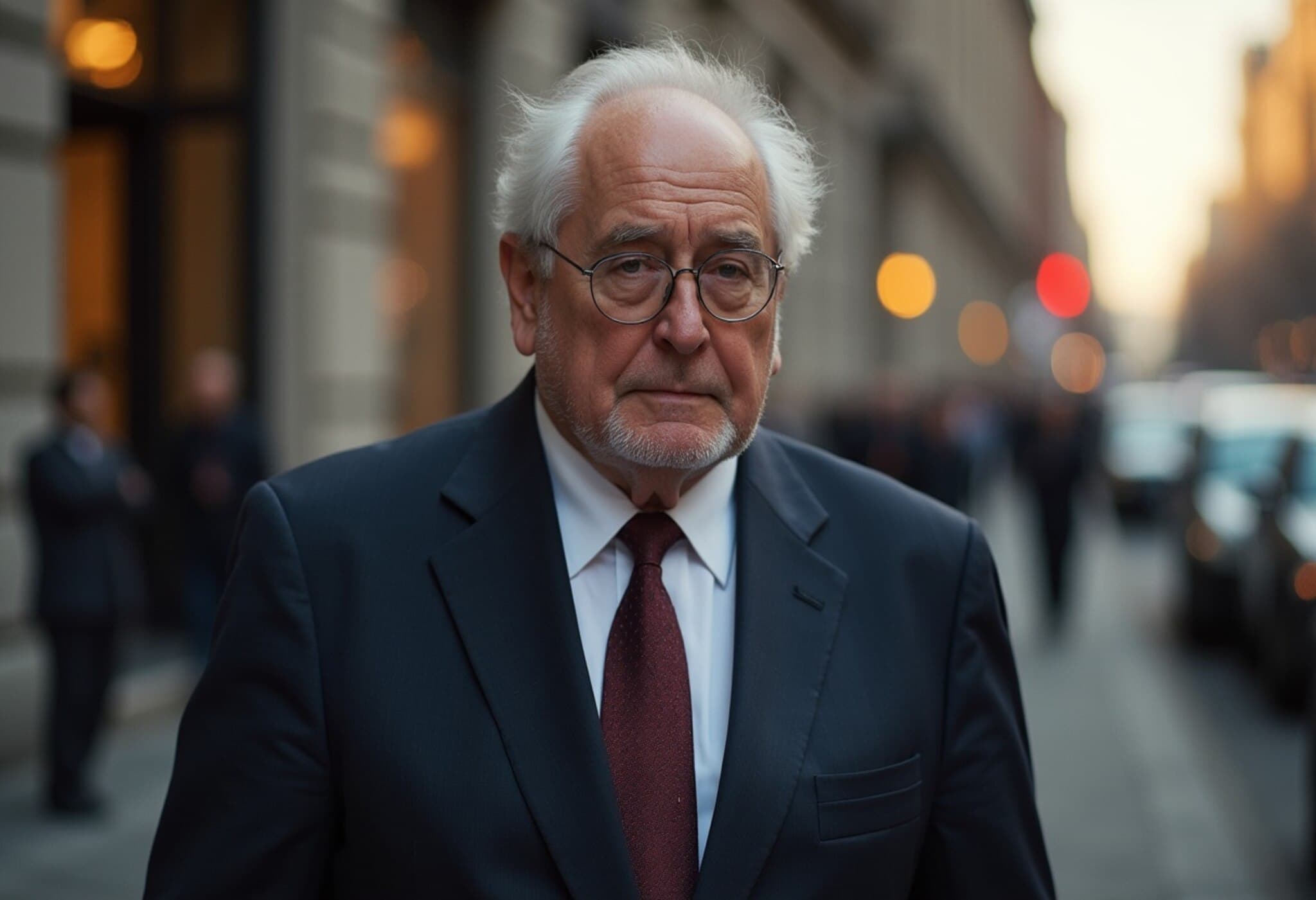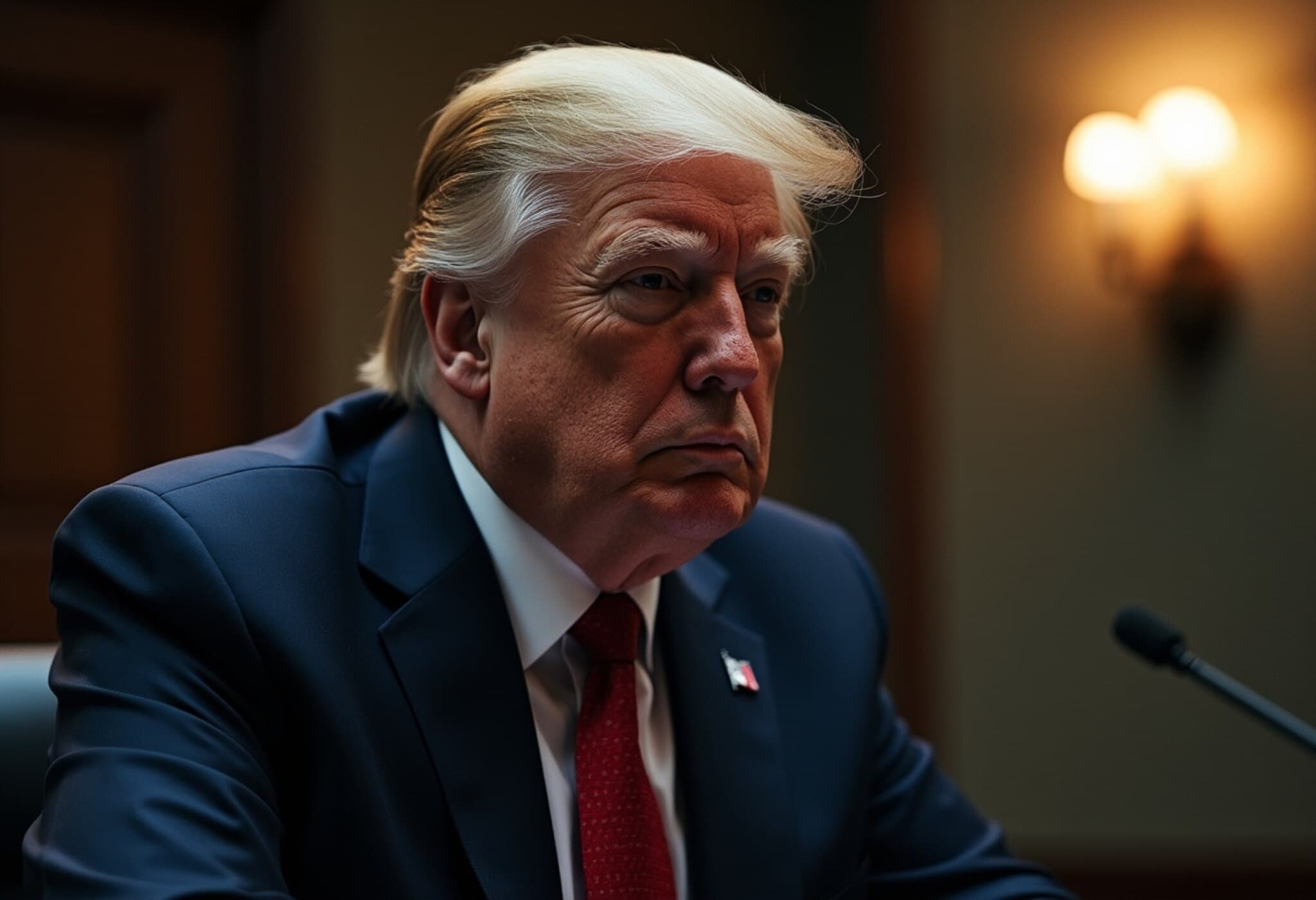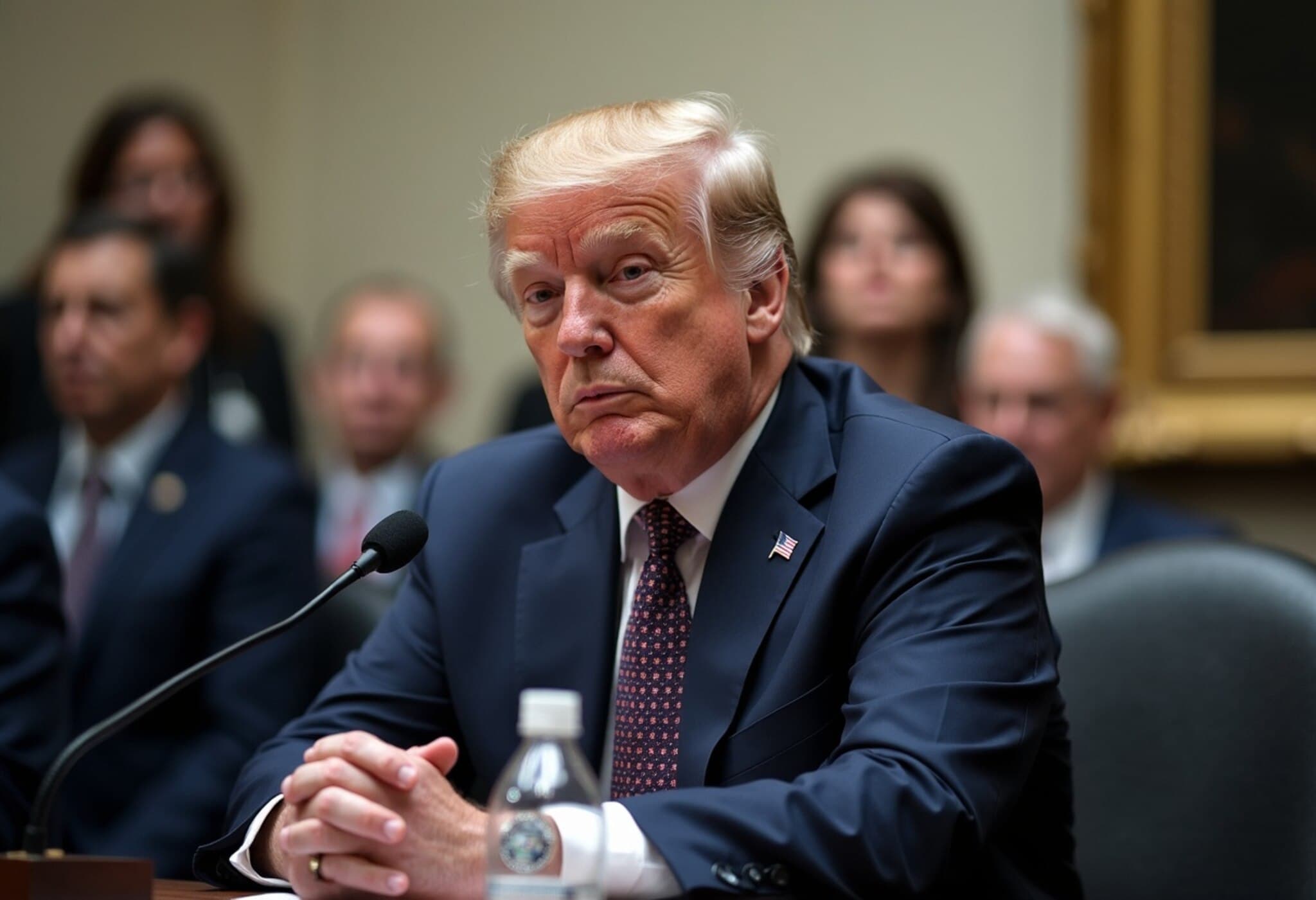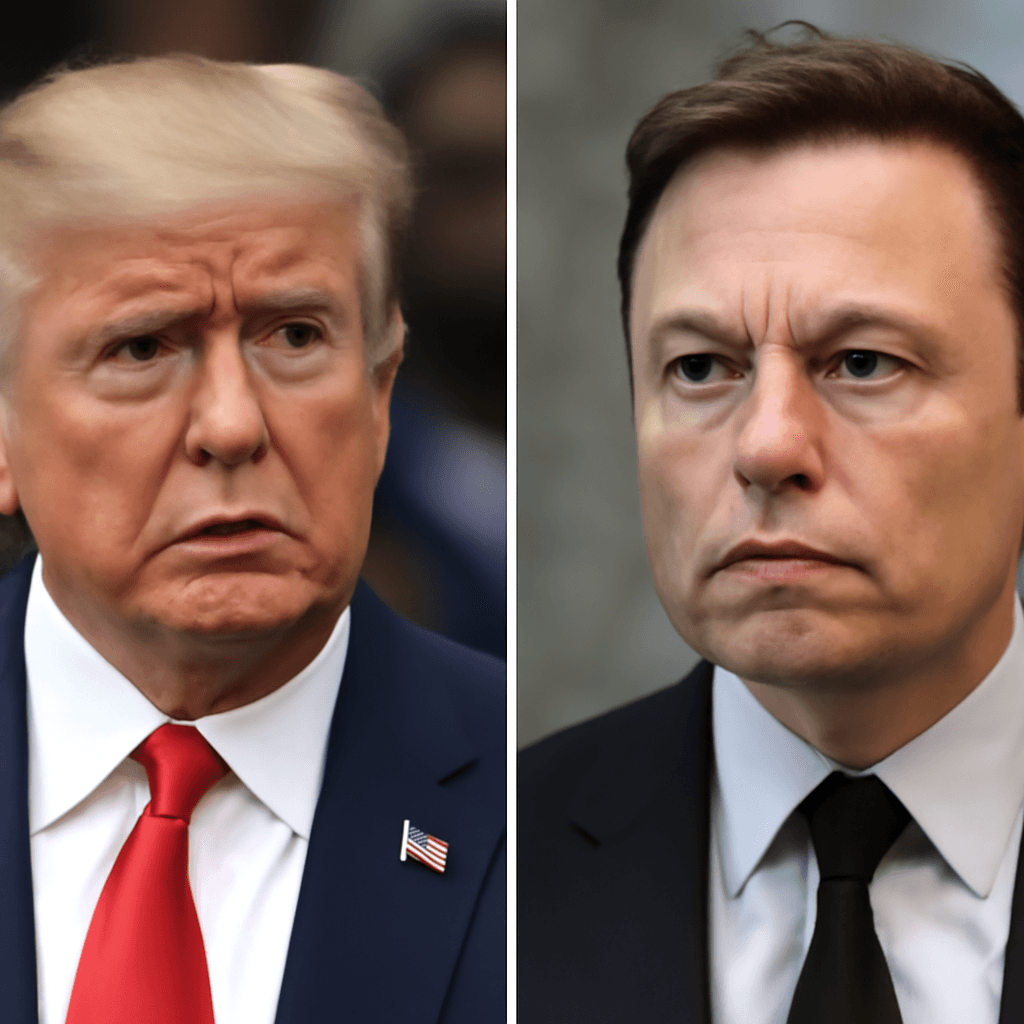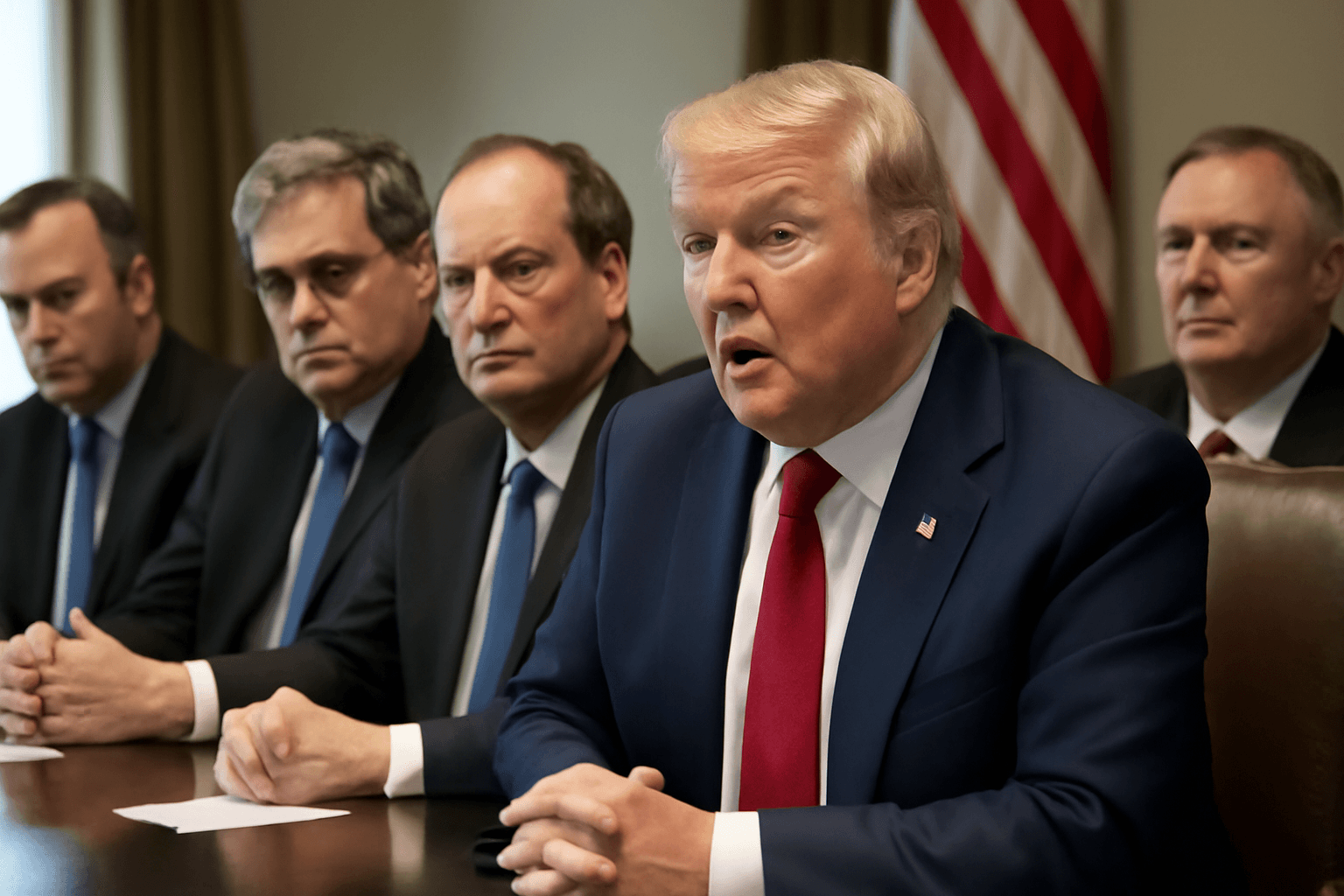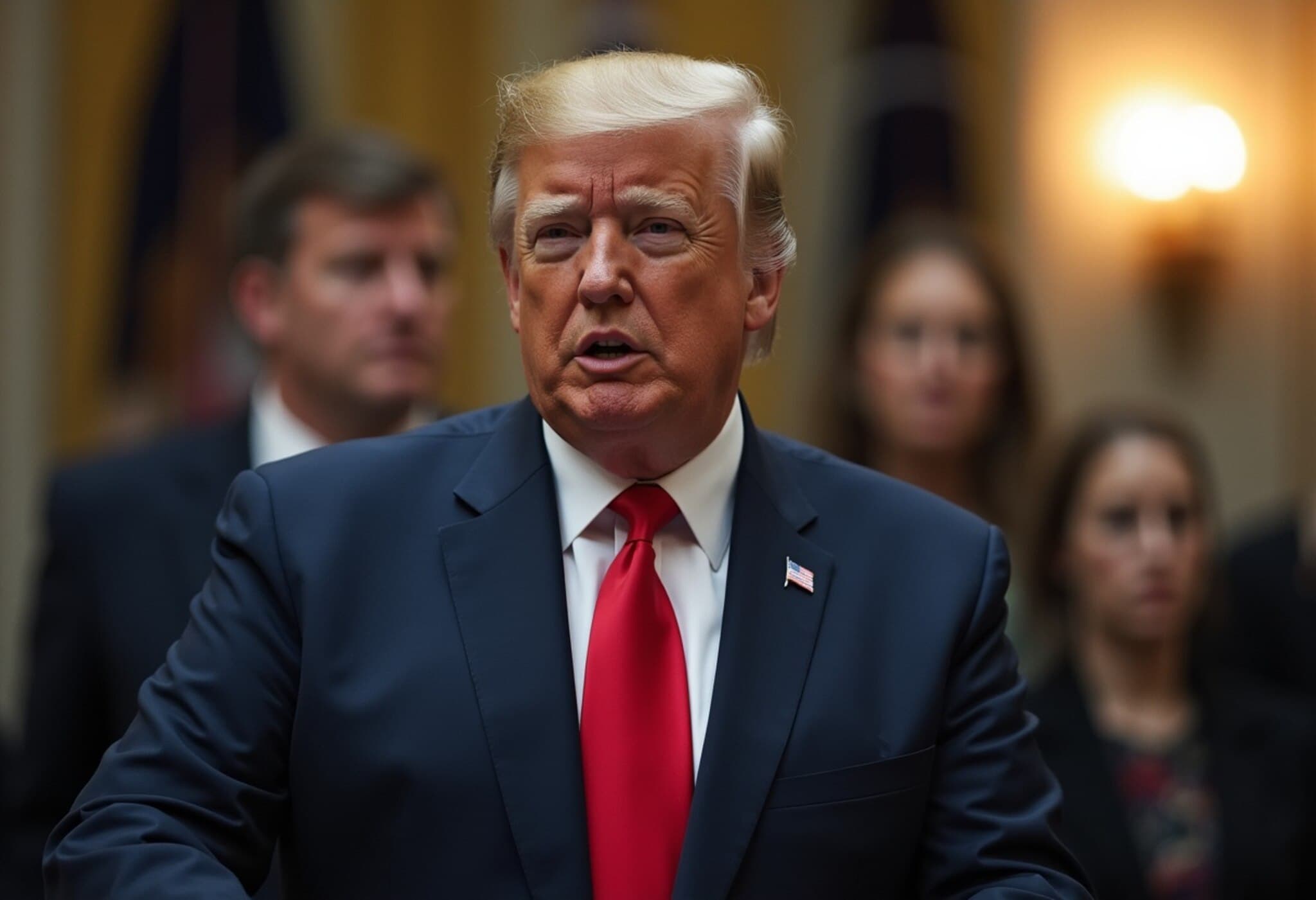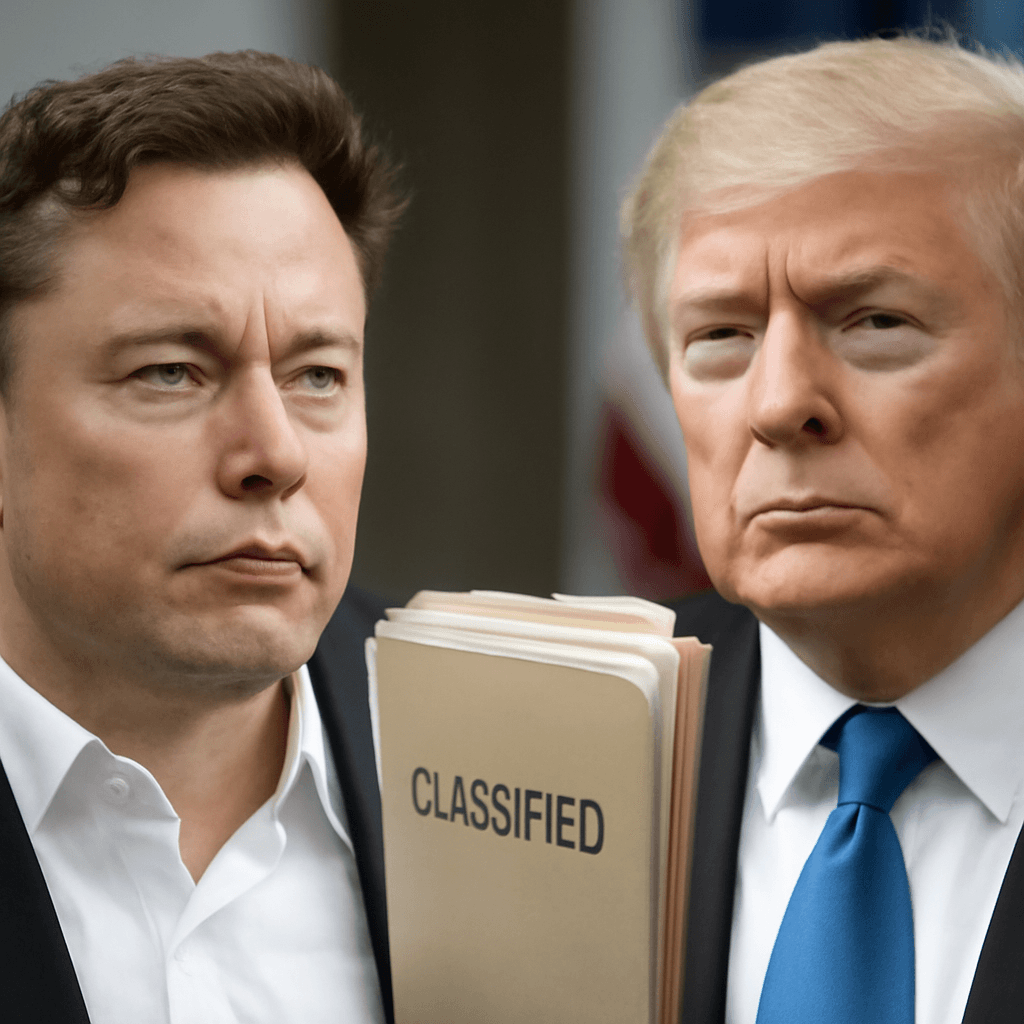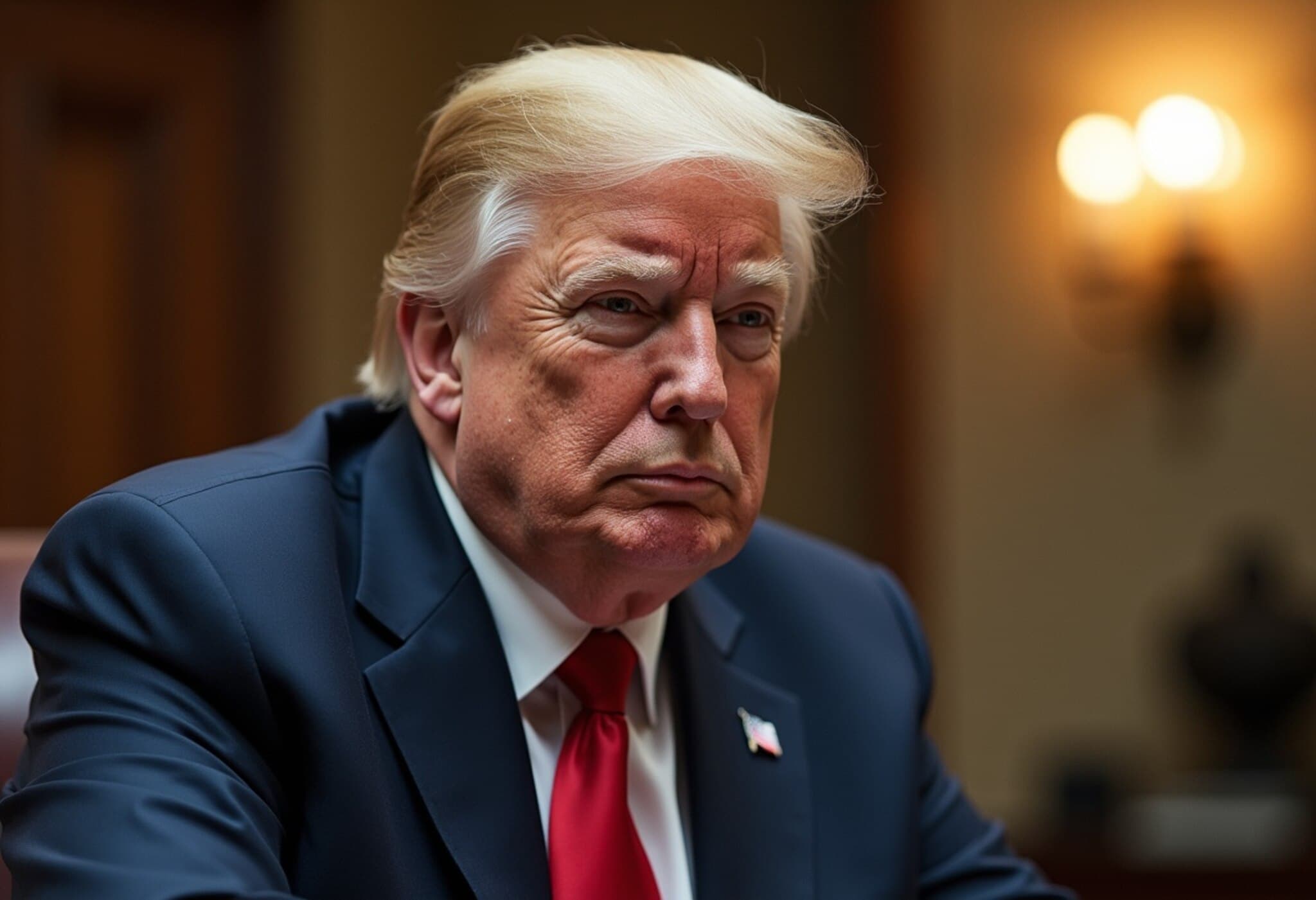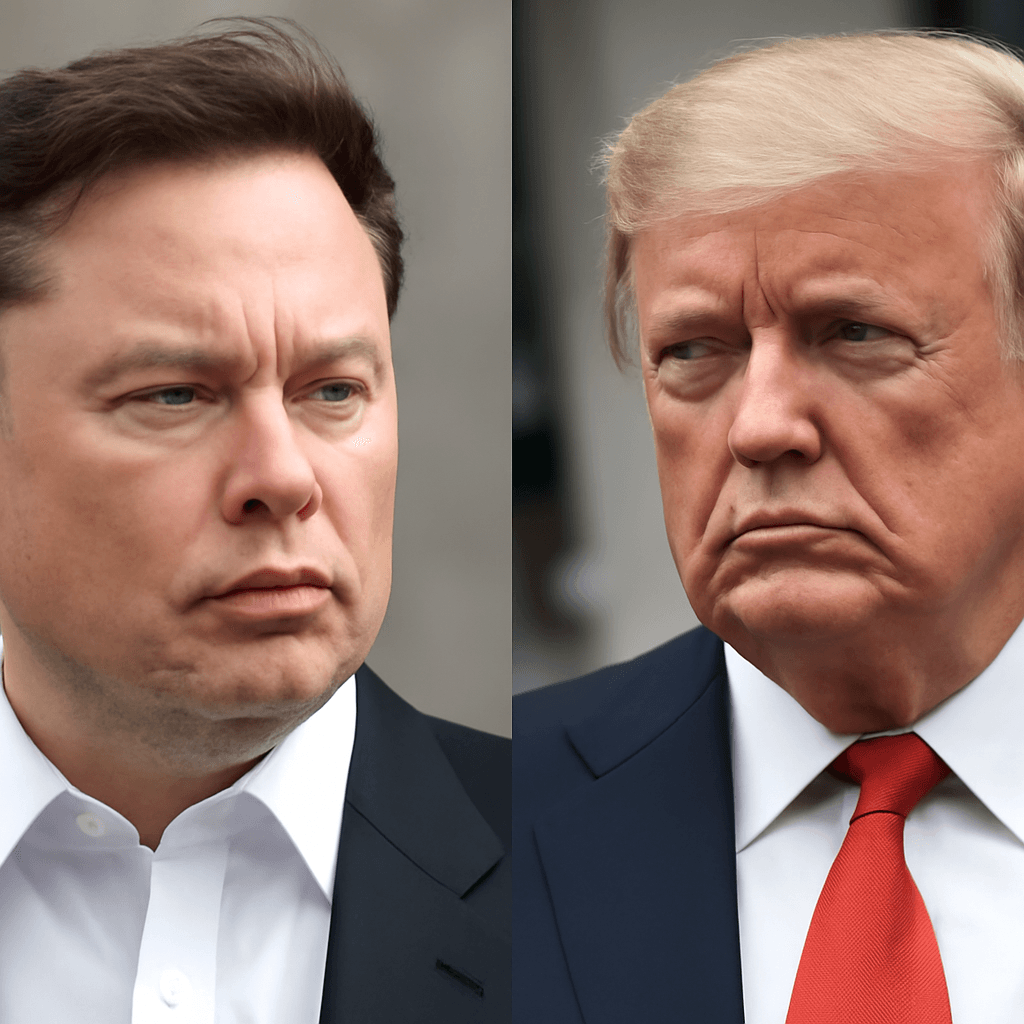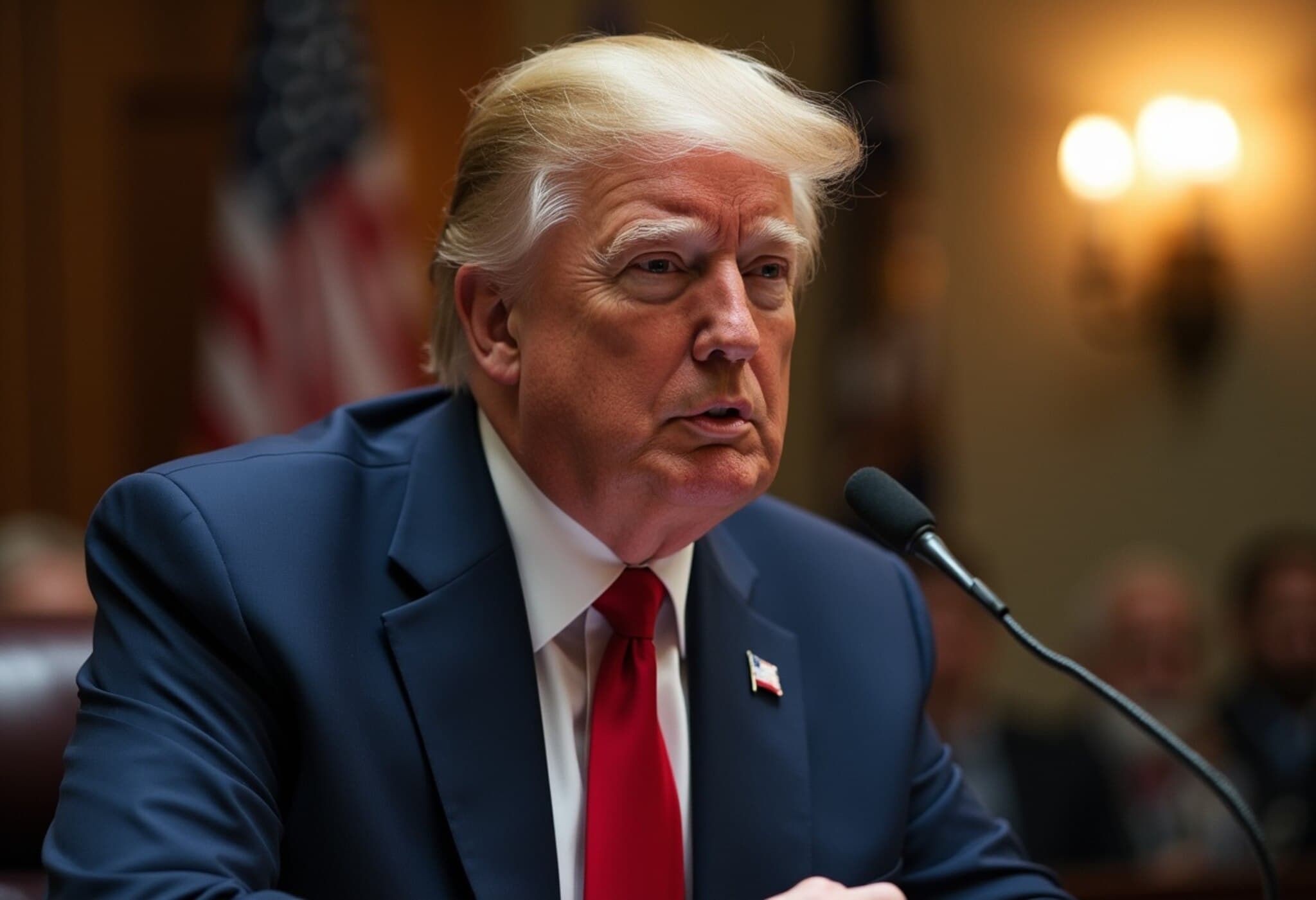Controversy Rekindled: Did Jeffrey Epstein Connect Melania Trump with Donald Trump?
Michael Wolff, a well-known American author and longtime biographer of Donald Trump, recently reignited a swirling debate by alleging that financier Jeffrey Epstein played a pivotal role in bringing Melania and Donald Trump together. Speaking on The Daily Beast podcast, Wolff suggested that Melania was deeply embedded in Epstein’s social circle in the late 1990s, and that the introduction between her and Trump came through Paolo Zampolli—founder of ID Models and a known associate of both men.
The Alleged Epstein Connection
Wolff stated that Melania, then an emerging model, was introduced to Trump around 1998 via Zampolli, a figure who also had close ties with Epstein. He remarked, "She’s introduced by a model agent, both of whom Trump and Epstein are involved with… Epstein knew her well." Wolff further implied that Melania’s early modeling career intersected with a rather ambiguous "culture of models of indeterminate age," a phrase loaded with insinuations about the environments she navigated. This claim, if substantiated, would add a significant and complicated layer to the Trump-Epstein nexus, an already scrutinized network given Epstein’s later criminal convictions.
Melania Trump’s Account: A Different Narrative
In sharp contrast to Wolff’s claims, Melania Trump has firmly denied any Epstein connection. In her memoir, she recounts meeting Donald Trump at New York’s infamous Kit Kat Klub, a nightclub where she had gone with a friend. According to her, Trump was already twice divorced and accompanied by a date when they first met. However, he spent the evening engaged in earnest conversation with her—a moment she describes as a "refreshing departure from the usual superficial small talk." This more personal and straightforward storyline challenges the notion that Epstein or his circle played a role in their introduction.
Photographic Evidence and Epstein’s Own Claims
Despite public denials, photographic evidence complicates the narrative. A photo from 2000 captures Donald and Melania Trump together at Mar-a-Lago alongside Epstein and Ghislaine Maxwell. Additionally, Epstein himself purportedly once claimed responsibility for introducing the couple, adding fuel to persistent rumors about his influence in elite social circles during that era.
Contextualizing the Trump-Epstein Relationship
Donald Trump’s association with Epstein has long attracted media attention, especially after The Wall Street Journal published reports indicating that during a May briefing, then-Attorney General Pam Bondi informed Trump that his name had appeared in Justice Department files connected to Epstein’s criminal investigations. Such revelations emphasize the complex, intertwined relationships at play and underline the importance of critical scrutiny regarding public figures and their associations.
Expert Insight: Why This Debate Matters
This controversy taps into broader societal concerns about the intersections of power, privilege, and accountability. Epstein’s social network was a high-profile web that implicated many influential individuals. Analyzing claims about Melania and Trump’s introduction through this lens invites reflection on the accessibility and control of influential networks within the US elite and how narratives can be shaped or contested by competing accounts.
Moreover, this debate highlights the difficulties in verifying personal histories entangled with secretive and often exploitative social scenes. For journalists and citizens alike, distinguishing between factual evidence and speculation remains a critical challenge, especially when reputations and political fortunes hang in the balance.
Editor’s Note
The resurfacing of claims about Jeffrey Epstein facilitating the introduction of Melania Trump to Donald Trump is more than just tabloid fodder—it sheds light on the opaque corridors of power and influence in late 20th-century America. While Melania’s denial contrasts sharply with Michael Wolff’s allegations, the overlapping timelines and associations warrant a nuanced examination rather than a simple dismissal or acceptance. Readers are encouraged to consider not only the veracity of these claims but also the broader implications for understanding how social and political elites interact, and the importance of transparency in those relationships.

